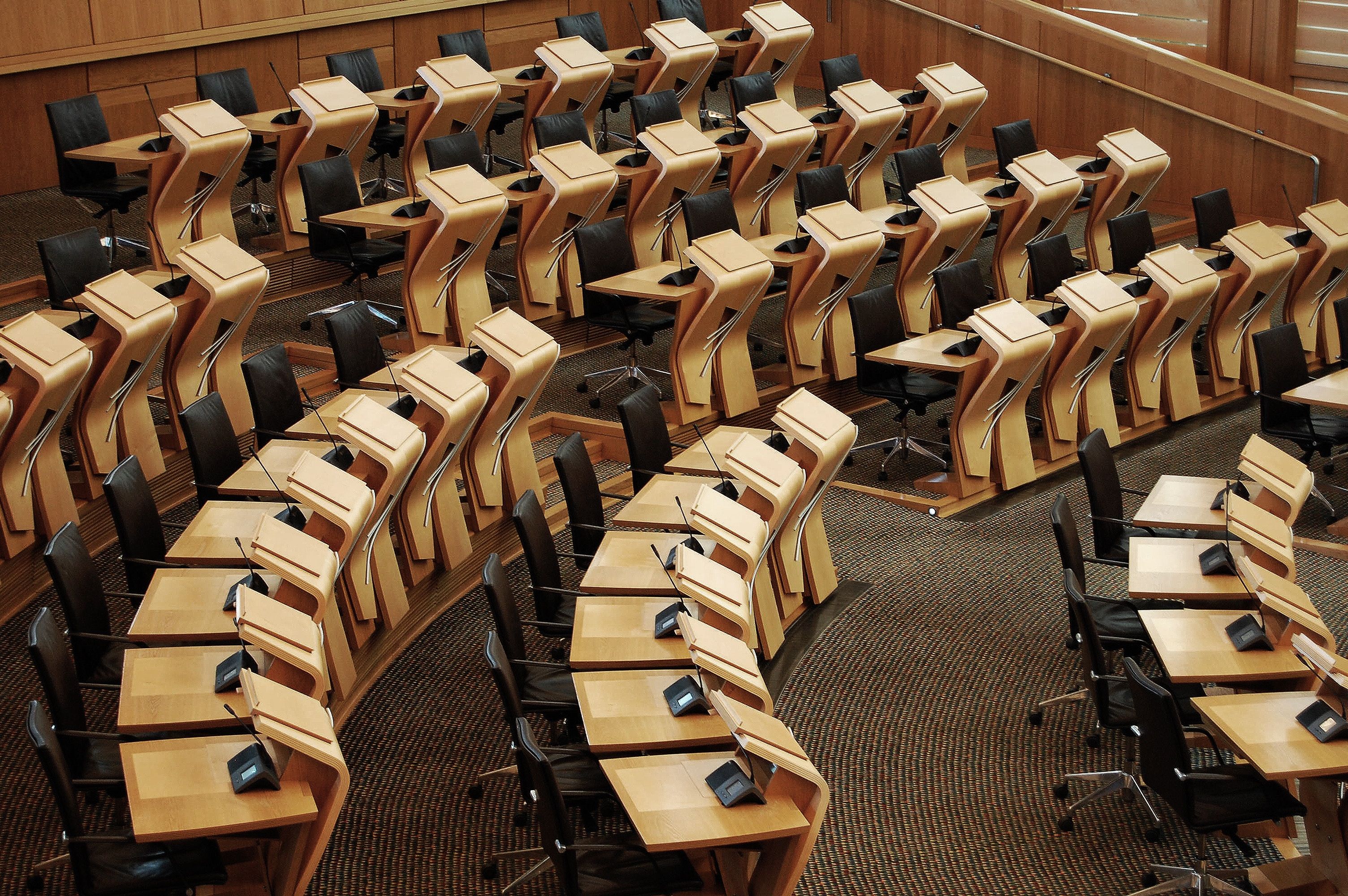Establish a zero-carbon public transport network
A decarbonised network of buses, trains and ferries must form the backbone of our transport system, with increased public ownership.
FoE Scotland research169 on meeting the 20% car-km reduction target, and the emission reduction targets, suggests that public transport needs an additional £1.6bn investment every year, to realise the potential traffic reduction and job creation benefits. It also finds that the public transport infrastructure projects planned in the Scottish Government’s Strategic Transport Projects Review 2 need to be completed by 2030, much sooner than currently scheduled, to deliver the 20% car-km reduction target. As proposed in this chapter, trunk road expansion should be halted with funding diverted to sustainable transport.
Buses should have priority over cars across the road network.170 Tram and metro systems should be reinstated in our major cities. Railways should be the fastest and easiest way to travel longer distances, especially on inter-city routes.
We need much faster delivery of bus priority measures such as bus lanes on trunk roads, and bus gates in built-up areas. Bus lanes on trunk roads and other bus priority measures are essential, and are nominally funded through the Scottish Government’s Bus Partnership Fund. But progress has been very slow and only the Glasgow region appears to be advancing to infrastructure plans.
The railways must carry a far larger share of Scotland’s long-distance passenger travel and freight movements. In order to meet our climate goals, we need to see a rapid shift from air to rail for Anglo-Scottish passenger trips, with the value of sleeper trains to connect highland and rural communities recognised. For freight, rail provides the most sustainable option for longer-distance movements.
With the expected lifespan of a ferry being more than 20 years, all new ferries procured will need to be zero emission to meet climate targets. Procurement rules need to be updated to drive technological improvement, and to avoid the need for relatively-new, high-emission vessels to be scrapped early or be expensively retrofitted.
Lothian Buses demonstrate the success of public ownership of public transport. The Scottish Government should work with other local authorities to help them use the powers in the 2019 Transport Act to set up their own bus companies.
Community ownership of public transport also has a good track record in Scotland, and should be part of the zero-carbon public transport mix.
For further information:
- On the Move: Investing in public transport to meet carbon targets and create jobs, FoE Scotland, April 2023, https://foe.scot/wp-content/uploads/2023/04/On-the-Move-Report.pdf
- Community Bus Fund, FoE Scotland, April 2023, https://foe.scot/resource/community-bus-fund-briefing/
On the Move, FoE Scotland, 2023, https://foe.scot/wp-content/uploads/2023/04/On-the-Move-Report.pdf
This is already the case in theory, for instance in the Sustainable Transport Hierarchy https://www.transport.gov.scot/active-travel/ developing-an-active-nation/sustainable-travel-and-the-national-transport-strategy/, but sometimes not in practice in terms of traffic flow, road space and planning decisions.

